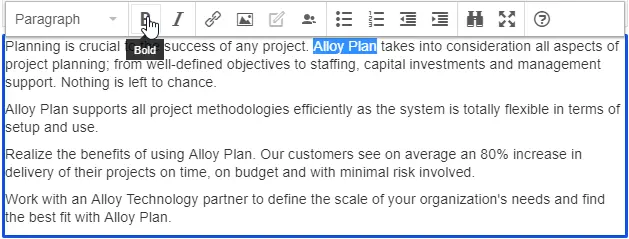MARKETING
Everything new with Content Management in Q1 2023

We hear your feedback, and we’re thrilled to introduce a new series designed to keep you close to the products you rely on daily.
And btw, if you’re curious about our Content Marketing Platform, Optimizely CMS customers can create a free account for CMP!
Take advantage of new features on CMS 12
To take advantage of the Optimizely roadmap and all our new product innovations, CMS customers must be on the future-looking CMS 12 version.
It’s just one of the reasons why Optimizely customers are choosing to upgrade. 7 reasons why you should upgreade to CMS12. Contact your account manager to learn more.
More dynamic experiences using a GraphQL API
GraphQL is a query language that developers can use to search and deliver content anywhere, enabling more dynamic content experiences. Our new GraphQL API further extends the capabilities of our best-in-class CMS by enabling flexible content delivery across channels and applications:
- Easily reuse content from your website to build native applications—such as a mobile app
- Provide highly customized search experiences for site visitors, increasing the chances that they find the content they’re looking for, fast
- Create dynamic content blocks, such as a “related articles” content block that displays the five most recent articles that have the same tag or content type as the article a visitor is currently viewing
We introduced our GraphQL API in Beta last year, and we’re now making it available on a limited basis in select regions. Speak to your Customer Success Manager to get access to the GraphQL beta.
Track work and maximize productivity with the dashboard
 The new homepage dashboard makes it easy to manage day-to-day tasks. Click on the Dashboard tab in the top navigation menu to see an overview of pending items in your workflows and quickly home in on content that needs your attention.
The new homepage dashboard makes it easy to manage day-to-day tasks. Click on the Dashboard tab in the top navigation menu to see an overview of pending items in your workflows and quickly home in on content that needs your attention.
Upgrade TinyMCE to the latest version
 We have upgraded to TinyMCE 6, so you can use any premium plug-ins you like across all the editing tools you use in your organization, including your CMS editor! Customize your editor and keep the same editing experience no matter where you’re working.
We have upgraded to TinyMCE 6, so you can use any premium plug-ins you like across all the editing tools you use in your organization, including your CMS editor! Customize your editor and keep the same editing experience no matter where you’re working.
How to upgrade TinyMCE in CMS.
That’s a wrap on Q1! If you have an idea for a new feature or how we could improve our product, please share your feedback! We’re always happy to hear from customers.










